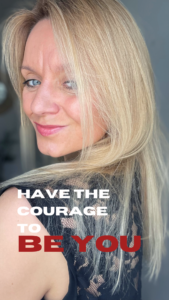House Balls According to Gaskin, or What Is „Vouging”

I came across the article on Gaskin’s photography in one of the November issues of the „New York Times”. The subject of the pictures struck me as interesting enough to make me spend an entire evening browsing the internet.
Gerard H. Gaskin is a photographer born in Trinidad; for over two decades now he has been portraying the undeground gay and transgender scenes. He deals with parties nicknamed as „house balls”. I never heard of them before, which is why I started googling like crazy. It turned out that the parties have a tradition of more than three decades and are the key form of expression for the (still underground) LGBT subculture called „ballrooom community” or „ball culture”.
The subculture is centered around „houses”, often known also as „families”. Each has a head and a name, which automatically describes all its members (the names are usually derived from the names of famous fashion designers). All the members of the community have to follow the particular house rules.
A „house ball” party includes several categories, in which the partcipants compete using their different „walks”. Each house is trying to find a representative for each (often surprising) category, such as „Beautiful Face”, „Face of a 30-year-old”, „Gay with a Non-Gay Model Walk”. The victor gets a trophy. The walk and the entire party is based on fashion shows and on the way models perform on the runway. The contestants try to strike poses resembling those used by real models, also in fashion magazines. This in turn has inspired „vouging”. Do you remember the video to Madonna’s „Vogue”?
That’s voguing, which the artist learned about as she was attendning such a party herself.
I found a short clip on „house balls”, which perfectly illustrates the subculture I’m talking about (as it turns out, there are many more clips on the subject).
I heard a great portrait of the subculture is to be found in the movie „Paris Is Burning”, which I very much hope to watch.
The communities photographed by Gaskin were mainly Latino and Black, mariginalized both by society at large and by their own families. It wasn’t till they found their vouging families that they could celebrate who they were, as well as express themselves fully.
The collection of Gaskin’s photographs was just published and prefaced by Frank Roberts (a LGBT activist), who called the photographer „Andy Warhol from Trinidad”. The album itself is called: „Legendary: Inside the House Ballroom Scene”.
I recommend you take a look at these fascinating pictures:





